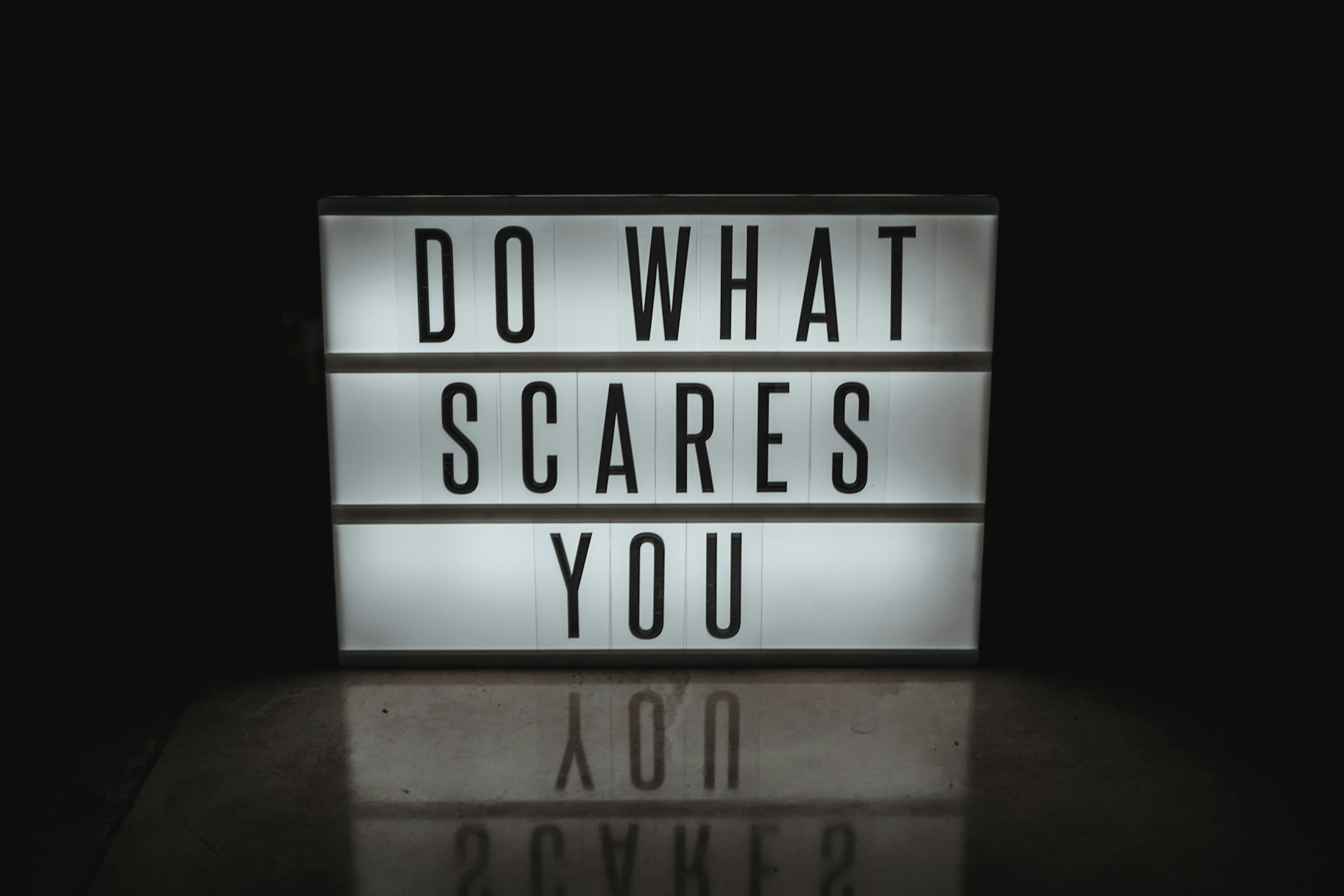From Fear to Growth How I Stopped Listening to My Inner Critic

We all have it.
That quiet but powerful voice in our heads that shows up right when we’re about to do something new. It whispers:
You’re going to embarrass yourself.
It tells you, “You’re not ready.” And if you listen to it, it can be paralyzing.
For a long time, that voice was my biggest enemy at work. It held me back, kept me quiet, and almost convinced me that staying in my comfort zone was the safest and smartest choice.
This isn’t a post with motivational quotes or generic advice. This is a real story about my personal journey through three moments of fear. I want to share what happened when I decided to act anyway, and what I learned on the other side.
The Comfort Zone is a Dangerous Place
Before I tell my stories, let’s talk about that fear. It often comes from something called “impostor syndrome”—that nagging feeling that you don’t really deserve your job or accomplishments, and that any minute now, someone will find out you’re a fraud.
It’s a feeling that pushes us to stay where we are comfortable because the risk of being “discovered” feels too high. But I’ve learned that the comfort zone isn’t safe. It’s a place where growth stops. The real risk is in never leaving it.
These three stories are about how I learned to leave mine.
Case Study #1: The ‘Send’ Button and the Fear of Judgment
The Situation: I had just joined a new company, MasterBorn. As the new person, I wanted to make a good first impression. I found an interesting article and thought about sharing it on our company’s Slack channel for the frontend department—a place where we all share news to help each other grow.
The Inner Critic: My finger hovered over the keyboard, but my mind started racing with questions:
- “What if they’ve already seen this?”
- “This probably isn’t new or interesting for them.”
- “What if they think I’m just posting something stupid?”
The fear of being judged by my new, talented colleagues was intense.
The Outcome & Lesson: I decided to hit ‘send’ anyway. The result? Instead of criticism or silence, it sparked a valuable discussion in the comments. People shared their own perspectives, and I learned more from that 10-minute conversation than I had from an hour of reading alone. I learned that I would have missed out on real knowledge if I had listened to my fear. That first small act of courage made every message after it easier to write.
Case Study #2: The Terror of the Empty Slide
The Situation: At my company, we have a strong focus on professional development. Every Friday, there’s a dedicated time slot for anyone to give a presentation to the entire company on a topic they are interested in. I really wanted to book a slot to talk about a frontend topic I knew well.
The Inner Critic: But as soon as I thought about it, the voice returned:
- “Every topic I can think of seems so obvious.”
- “I don’t have anything new or groundbreaking to say.”
- “People will be bored. This isn’t worth their time.”
I was convinced that what I knew was common knowledge for everyone else.
The Outcome & Lesson: I was wrong. I was experiencing the “false consensus effect”—the mistaken belief that everyone else thinks and knows the same things you do. I pushed through the doubt and gave the presentation. The feedback was overwhelmingly positive. What was “obvious” to me was a new and valuable perspective for many of my colleagues. I learned that teaching something in your own words is one of the most powerful ways to deepen your own understanding.
Case Study #3: A Leap of Faith into the Cloud
The Situation: You would think after those experiences, I’d be fearless. But fear doesn’t just disappear forever. I had been studying AWS and cloud infrastructure, taking courses, and getting some experience at work. When a challenging event called the AWS GameDay was announced, I wanted to join.
The Inner Critic: Despite my preparation, the voice was loud:
- “What if I can’t do anything useful?”
- “What if I’m put on a team of experts and just drag them down?”
- “I’m not ready for a real-world challenge like this.”
The Outcome & Lesson: I signed up. The event was amazing. I got to take on a completely new role and work with a team to solve complex problems that felt just like real client issues. It was the most practical learning experience I’d had in months. In the end, I finished 8th out of 40 participants. That experience confirmed that this was a career path I wanted to follow. I learned that sometimes you have to jump into a real challenge to truly test and prove your skills, both to others and to yourself.
Why This Matters More Than Ever in the Age of AI
These stories aren’t just about feeling good; they are about a critical career strategy for today. As AI and automation begin to handle more routine tasks, our real professional value comes from what technology can’t replicate.
It comes from our uniquely human skills: the courage to step into the unknown, the creativity to solve new problems, and the adaptability to learn completely new domains. Pushing past your comfort zone isn’t just a personal growth exercise anymore—it’s how you build a future-proof career.
Your Turn to Grow
Looking back, 99% of my fears were just stories I told myself. On the other side of that fear, I always found growth, new knowledge, and supportive people. The comfort zone feels safe, but I promise you, nothing important ever grows there.